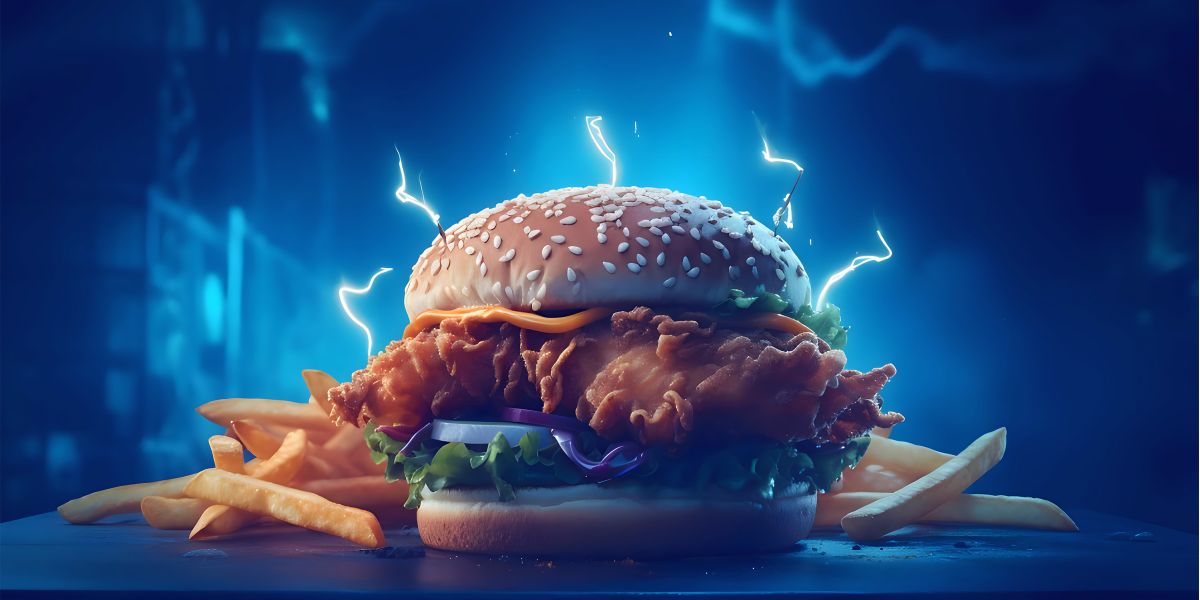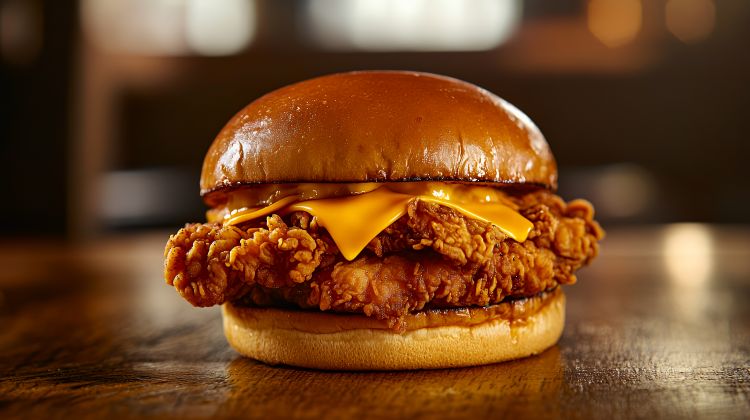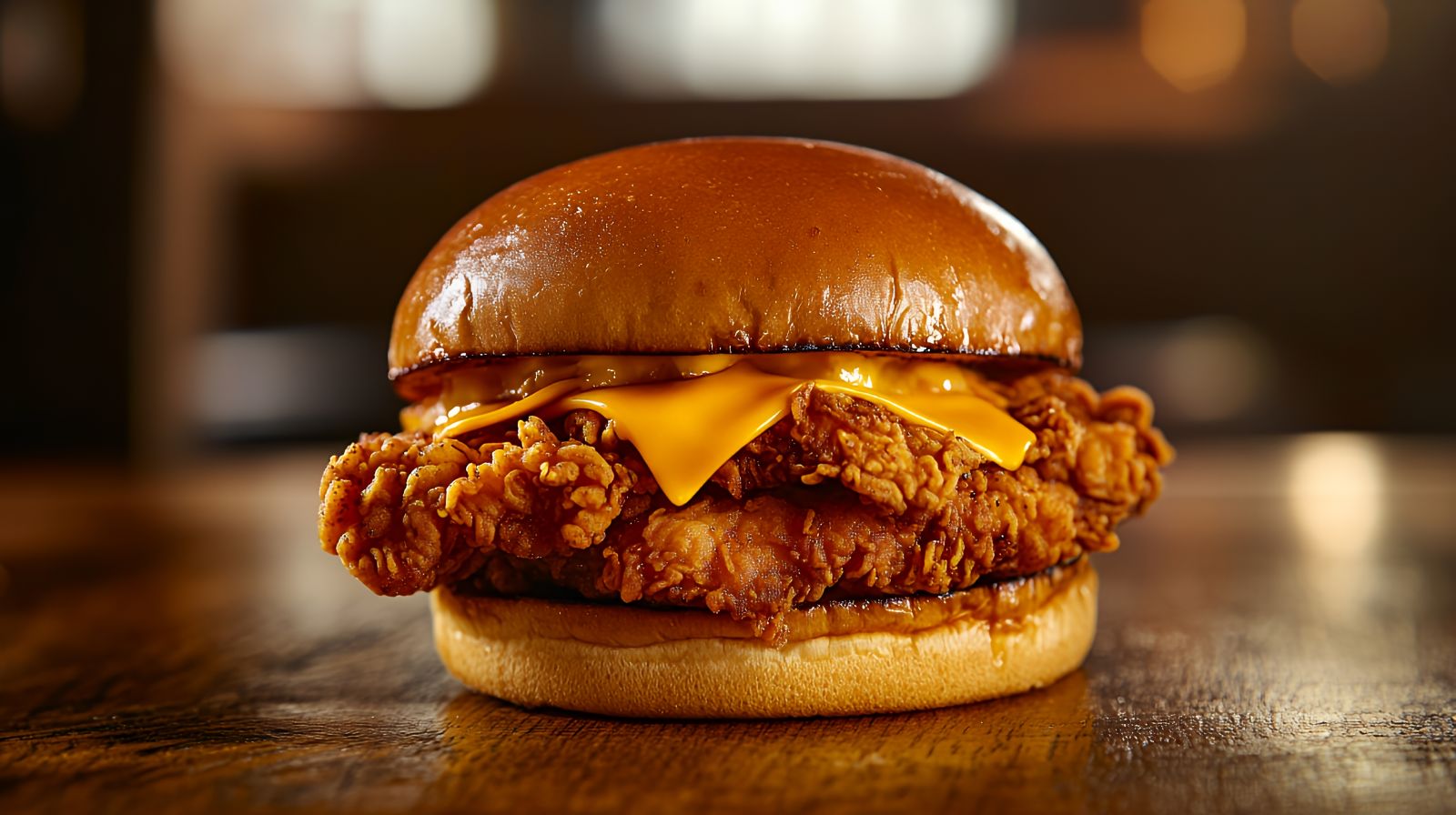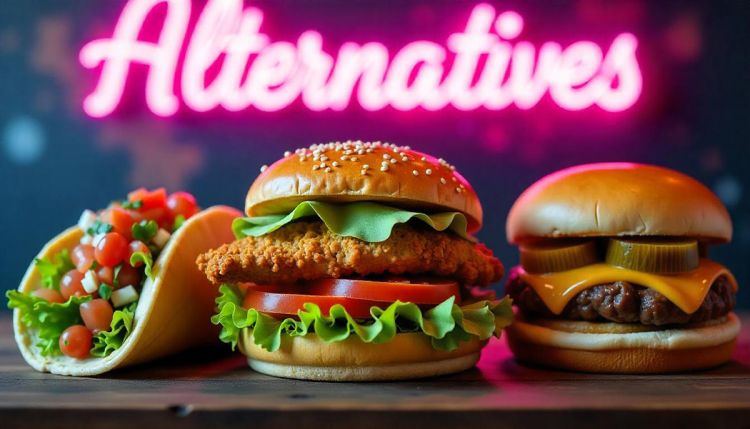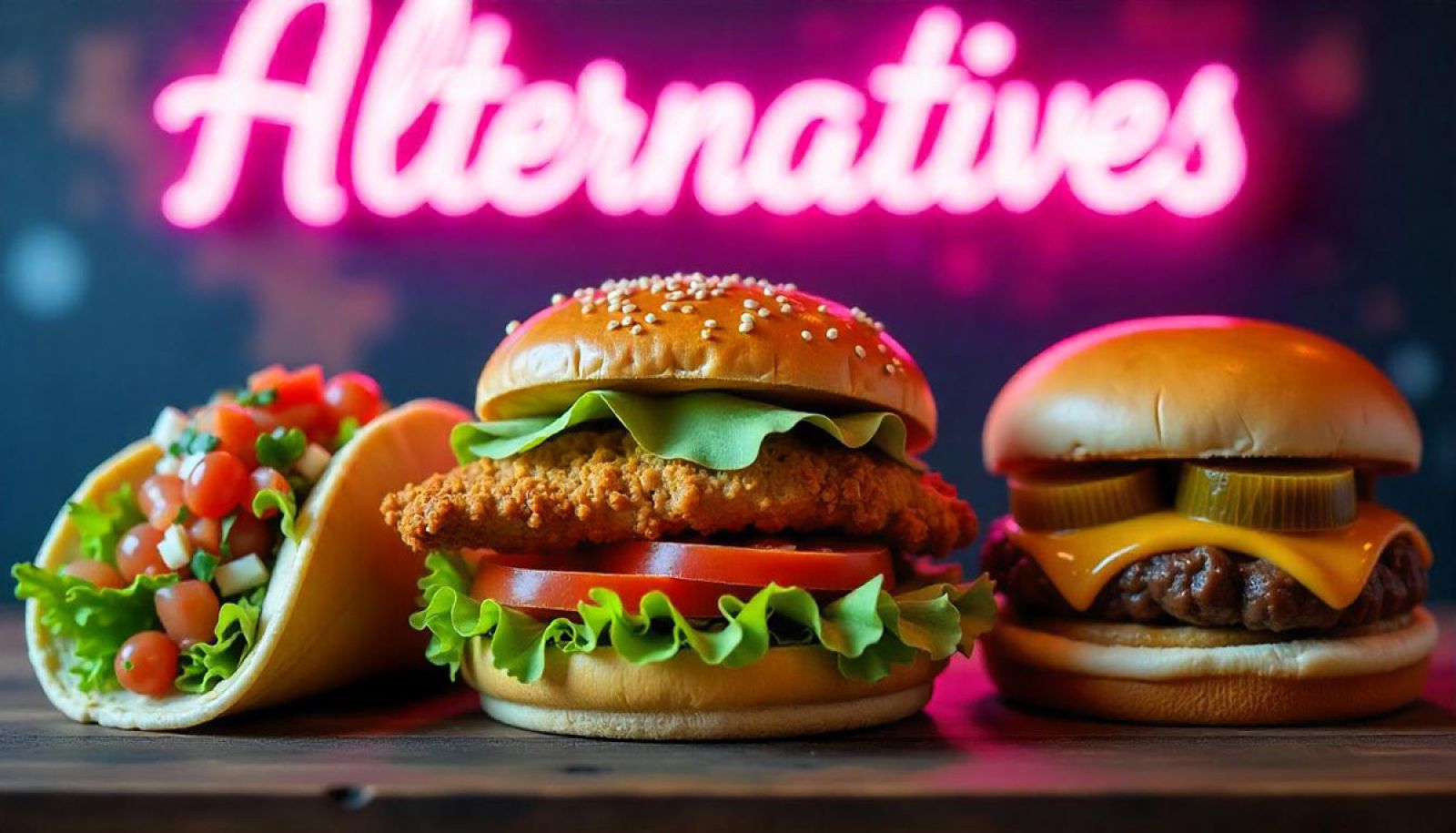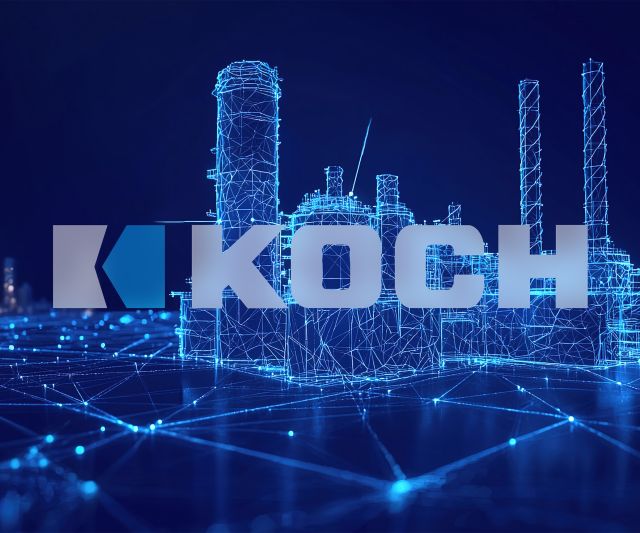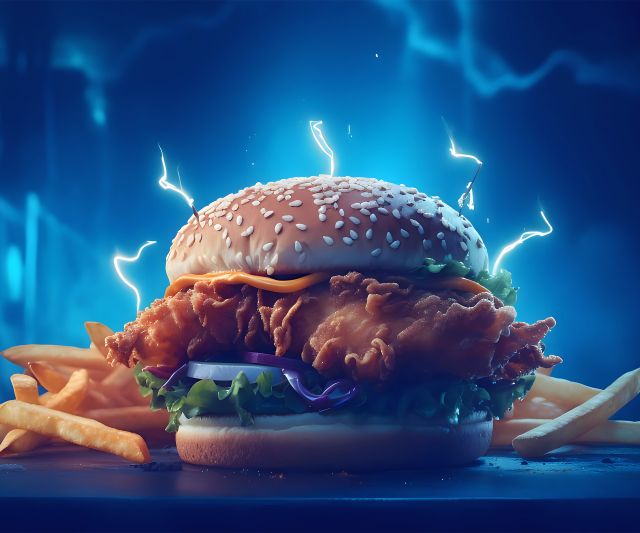Introduction
Record-Breaking Financial Performance
Chick-fil-A's financial performance stands as one of the most impressive stories in American fast food. The chain generates over $4.3 billion in annual revenue, with average sales per restaurant reaching $4.6 million - significantly outperforming McDonald's ($2.9 million) and KFC ($1.2 million) on a per-unit basis. This remarkable revenue efficiency stems from a combination of streamlined operations, strategic location selection, and consistently high customer traffic throughout the week.
Industry-Leading Customer Service
The brand's legendary customer service creates a loyal following that many competitors try but fail to replicate. Employee satisfaction scores rank among the highest in the quick-service restaurant industry, leading to better customer interactions and lower turnover rates. Their famous "my pleasure" response isn't just a scripted line - it represents a deeper commitment to hospitality that resonates with customers. Market research shows that Chick-fil-A's customer satisfaction ratings have topped the American Customer Satisfaction Index for seven consecutive years, building a foundation of repeat business that provides stability even during economic downturns.
Strategic Growth Model
Behind these impressive numbers lies a unique operational model that focuses on sustainable growth rather than rapid expansion. Unlike many chains that prioritize location count, Chick-fil-A maintains strict quality controls over new store openings. They accept less than 1% of franchise applications, choosing operators based on character and leadership potential rather than just financial capability. This selective approach results in higher success rates for new locations and maintains the brand's reputation for consistency. The company's decision to close on Sundays, while leaving potential profits on the table, actually strengthens their brand identity and helps prevent employee burnout - a strategy that has proven financially sound over decades of operation.
Superior Unit Economics
The combination of strong unit economics, exceptional customer loyalty, and proven operational systems makes Chick-fil-A an attractive investment target for many. The average Chick-fil-A restaurant generates higher profits than most competing fast-food locations, despite being open six days instead of seven. This efficiency comes from several factors: higher average ticket sizes, better employee retention, and sophisticated supply chain management. When investors examine these fundamentals, they often see a business model that outperforms industry standards while maintaining room for growth in many markets, particularly in the northeastern United States and international locations.
The Reality: Chick-fil-A Is Private (And Plans to Stay That Way)
Despite the strong financial appeal highlighted in the previous section, Chick-fil-A remains steadfastly private under the ownership of the Cathy family. Founded in 1946 by S. Truett Cathy, the company has maintained its private status for over 75 years, generating an estimated $16.7 billion in revenue for 2022 without ever offering public shares.
The roots of this private ownership philosophy trace back to Truett Cathy's original business principles. After opening the first Dwarf House restaurant in Hapeville, Georgia, Cathy established a clear vision: build a company focused on values rather than stock prices. This approach has shaped every major business decision since, including the famous closed-on-Sunday policy that costs the chain an estimated $1.2 billion in annual sales.
Current CEO Dan Cathy and his siblings maintain their father's commitment to private ownership through a complex family trust structure. Financial records indicate that this arrangement has allowed the company to:
- Maintain consistent growth without external shareholder pressure
- Reinvest approximately 90% of profits back into the business
- Keep decision-making authority within the family council
- Preserve their religious-based operating principles
The company's resistance to going public stands in stark contrast to other successful restaurant chains. While companies like Shake Shack ($3.5 billion market cap) and Chipotle ($51 billion market cap) have embraced public markets, Chick-fil-A continues to expand through internal funding and franchise partnerships.
Recent statements from company leadership reinforce their dedication to remaining private. During a 2021 leadership conference, Dan Cathy stated, "Private ownership allows us to prioritize purpose over profit margins. We're building a legacy, not just quarterly returns." This philosophy appears especially relevant given the company's consistent growth - averaging 15% annual revenue increases without the capital influx that typically comes with public offerings.
The family's commitment extends beyond simple ownership structure. The company maintains strict succession planning that includes:
- Family council oversight of major strategic decisions
- Required experience working in restaurants for family members joining leadership
- Multi-generational training programs for future family leaders
- Structured voting rights that prevent outside takeover attempts
Financial analysts estimate that if Chick-fil-A were to go public, its market capitalization could exceed $30 billion. However, the Cathy family regularly turns down acquisition offers and investment proposals, prioritizing their ability to maintain operational control and cultural values. This dedication to private ownership has become integral to their brand identity and operational success.
The future of Chick-fil-A's ownership structure appears firmly set. Third-generation family members now entering leadership positions express the same commitment to private ownership as their predecessors. They continue implementing long-term strategies focused on sustainable growth rather than rapid expansion or profit maximization, suggesting that potential investors should focus on alternative investment methods - which we'll explore in the following sections.
Alternative Investment Methods to Consider
For investors attracted to Chick-fil-A's success but unable to buy direct shares, several alternative investment strategies exist. While none perfectly replicate the unique advantages of Chick-fil-A ownership, these options provide exposure to similar market segments and growth potential.
Public Market Competitors
McDonald's (NYSE:MCD) and Yum! Brands (NYSE:YUM) represent established alternatives in the quick-service restaurant space. These companies offer:
- Proven track records of dividend payments
- Market capitalizations exceeding $100 billion
- Global presence and diversified revenue streams
McDonald's particularly mirrors several of Chick-fil-A's strengths, including strong real estate holdings and franchise-focused operations. Their stock has delivered average annual returns of 14.8% over the past decade, demonstrating the potential of well-managed fast-food investments.
Restaurant Industry ETFs
Exchange-traded funds focused on the restaurant sector provide broader exposure while minimizing single-stock risk. The Advisor Shares Restaurant ETF (AMEX:EATZ) and Invesco Dynamic Food & Beverage ETF (AMEX:PBJ) include holdings across:
- Quick-service restaurants
- Casual dining chains
- Food suppliers and distributors
- Restaurant technology companies
These funds typically maintain holdings in 30-50 companies, creating natural diversification while capturing industry-wide growth trends.
Supply Chain Investments
Companies supporting Chick-fil-A's operations present another investment avenue. Tyson Foods (NYSE:TSN) supplies chicken products to multiple fast-food chains, while Lamb Weston (NYSE:LW) produces potato products used in many restaurants. These businesses benefit from:
- Long-term contracts with major restaurant chains
- Growing demand for processed food products
- Established distribution networks
Performance of these suppliers often correlates with quick-service restaurant growth, offering indirect exposure to Chick-fil-A's market segment.
Real Estate Investment Trusts (REITs)
Commercial property REITs holding restaurant locations provide another approach. Companies like Realty Income Corporation (NYSE:O) lease properties to quick-service restaurants, including some Chick-fil-A locations. These investments offer:
- Regular dividend income
- Property appreciation potential
- Tax advantages through REIT structure
The presence of a Chick-fil-A location often increases nearby property values and generates steady tenant income, making related real estate investments particularly attractive.
Each alternative requires careful evaluation based on individual investment goals and risk tolerance. While these options lack the direct connection to Chick-fil-A's operations, they provide exposure to similar market forces and growth drivers that make the chicken chain successful. The next section will examine Chick-fil-A's franchise model, which represents another potential investment pathway for qualified individuals.
Understanding Chick-fil-A's Franchise Model
Chick-fil-A's franchise system stands apart from traditional fast-food operations through its highly selective process and unique financial structure. Following the private ownership philosophy discussed earlier, their franchise model prioritizes operator quality over rapid expansion.
What Makes Chick-fil-A's Franchise Model Different?
Unlike standard franchise arrangements requiring $1-2 million initial investments, Chick-fil-A operators need only $10,000 to start. However, this lower barrier comes with specific conditions:
- Operators don't own the real estate or equipment
- The corporation maintains significant operational control
- Franchisees must be actively involved in daily operations
- Profit-sharing replaces traditional franchise ownership
This structure allows Chick-fil-A to maintain tight quality control while offering opportunities to talented operators who might lack substantial capital.
How Does the Selection Process Work?
The acceptance rate for Chick-fil-A franchises hovers around 0.4% - making it statistically harder than gaining admission to Harvard. The company receives roughly 60,000 franchise inquiries annually but accepts only about 240 new operators. Key selection criteria include:
- Professional background and leadership experience
- Personal character assessment
- Community involvement history
- Financial management skills
- Alignment with company values
Successful candidates typically complete multiple interviews, background checks, and personality assessments over 8-12 months.
What Are the Financial Returns for Operators?
The profit structure differs significantly from traditional franchise models:
- Operators typically earn 50% of restaurant profits
- Average annual operator earnings range from $200,000 to $400,000
- Chick-fil-A corporate receives 15% of sales plus 50% of profits
- Rent and equipment fees are covered by the corporation
While the earning potential may seem lower than full ownership models, the reduced initial investment creates favorable return rates for operators.
What Restrictions Do Operators Face?
Chick-fil-A maintains strict operational guidelines:
- Operators can't own multiple locations simultaneously
- Family members can't inherit franchise agreements
- Menu items and pricing require corporate approval
- Adherence to closed-on-Sunday policy is mandatory
- Participation in corporate marketing programs is required
These limitations help maintain brand consistency but restrict operator autonomy compared to other franchise systems.
How Does Real Estate Factor Into the Model?
The company's real estate strategy integrates closely with franchise operations:
- Chick-fil-A corporate owns or leases all properties
- Location selection follows detailed demographic analysis
- Properties must meet specific architectural standards
- Drive-thru configurations receive particular attention
- Real estate appreciation benefits the corporation, not operators
This centralized property control helps explain the chain's consistent success rate for new locations, maintaining the 99.7% location continuity rate mentioned in previous sections.
The franchise model's success becomes clear when examining the numbers: average unit sales of $4.6 million surpass all quick-service competitors, despite operating six days weekly. This performance validates the company's selective approach to franchise partnerships and their focus on operator quality over quantity.
Indirect Investment Opportunities
While direct ownership of Chick-fil-A stock remains unavailable, savvy investors have identified several indirect paths to capitalize on the company's success and industry influence. These alternative approaches leverage related business sectors and market dynamics that benefit from Chick-fil-A's continued growth.
Supply Chain Partners
The most straightforward indirect investment strategy targets publicly traded companies within Chick-fil-A's supply network:
- Koch Foods (privately held, but competitors Tyson Foods and Pilgrim's Pride are public)
- Performance Food Group (NYSE:PFGC)
- Packaging Corporation of America (NYSE:PKG)
- McCormick & Company (NYSE:MKC) for seasonings and spices
Real Estate Opportunities
Property investments near Chick-fil-A locations often show strong appreciation potential:
- Commercial REITs focusing on retail properties
- Direct property ownership in shopping centers featuring Chick-fil-A
- Land development near announced future locations
- Triple net lease investments with Chick-fil-A as anchor tenant
Technology Service Providers
Companies supporting Chick-fil-A's digital transformation offer another investment avenue:
- NCR Corporation (NYSE:NCR) - point-of-sale systems
- PayPal Holdings (NASDAQ:PYPL) - payment processing
- Oracle Corporation (NYSE:ORCL) - enterprise software
- Olo Inc. (NYSE:OLO) - digital ordering platforms
Agricultural Commodities
Investing in commodities that support chicken production provides market exposure:
- Corn futures (primary chicken feed component)
- Soybean futures (protein source for feed)
- Agricultural ETFs tracking these commodities
- Water rights in poultry-producing regions
Restaurant Industry Support Services
Companies providing essential services to quick-service restaurants represent another opportunity:
- Ecolab (NYSE:ECL) - cleaning and sanitation
- Cintas Corporation (NASDAQ:CTAS) - uniform services
- Waste Management (NYSE:WM) - disposal services
- US Foods Holding Corp (NYSE:USFD) - food distribution
Each of these investment categories offers unique advantages and risk profiles. Supply chain partners provide direct financial correlation to Chick-fil-A's growth, while real estate investments offer tangible assets with potential appreciation. Technology providers benefit from the industry's digital transformation, and commodity investments hedge against food cost inflation.
The key to successful indirect investment lies in understanding how these various sectors interact with Chick-fil-A's business model. For example, when Chick-fil-A announces expansion plans, surrounding property values often increase months before construction begins. Similarly, their adoption of new technologies can signal growth opportunities in specific tech sectors.
This approach requires regular monitoring of Chick-fil-A's strategic moves and their impact on related industries. Investors should research multiple options within each category and consider creating a diversified portfolio across several indirect investment types to minimize risk while maintaining exposure to Chick-fil-A's market influence.
Future Possibilities and Market Speculation
Current market analysis suggests Chick-fil-A's private valuation could reach $45 billion by 2025, based on projected revenue growth of 13-15% annually. This growth trajectory, combined with shifting consumer preferences and digital transformation trends, shapes several potential scenarios for the company's future.
Potential IPO Scenarios
While the Cathy family maintains their commitment to private ownership, market conditions might influence future decisions. Financial data shows:
- Projected annual revenue reaching $20 billion by 2025
- Operating margins consistently above 25%
- Market share in the chicken segment exceeding 45%
- Digital sales growing at 40% annually
These metrics position Chick-fil-A as a prime IPO candidate, should leadership ever change course. Investment banks estimate a public offering could value the company between $35-50 billion, placing it among the largest restaurant stocks globally.
Expansion and Growth Projections
Geographic analysis reveals substantial room for expansion, particularly in:
- Northeast U.S. markets (current penetration under 30%)
- International locations (less than 1% of total restaurants)
- Non-traditional venues (airports, universities, food courts)
Conservative estimates suggest the U.S. market could support 3,000 additional locations while maintaining current per-unit sales averages. International expansion presents an even larger opportunity, with potential for 5,000+ locations across key markets.
Technology Integration and Innovation
Recent investments indicate Chick-fil-A's technology direction:
- AI-powered drive-thru systems reducing wait times by 25%
- Mobile ordering platforms handling 40% of transactions
- Kitchen automation reducing labor costs by 15%
- Sustainability initiatives targeting 50% waste reduction by 2025
These technological advances suggest a future where Chick-fil-A operates more efficiently while maintaining service quality. The company's innovation lab continues developing solutions that could reshape quick-service restaurant operations.
Market Challenges and Adaptation
Several factors may influence Chick-fil-A's future trajectory:
- Rising competition in the premium chicken segment
- Increasing labor costs and automation needs
- Changing consumer dietary preferences
- Environmental sustainability requirements
The company's track record shows remarkable adaptability - maintaining growth through multiple economic cycles while preserving their core values. Their conservative expansion approach, highlighted in previous sections, positions them well to address these challenges.
Financial Outlook
Analysis of current trends suggests:
- Continued same-store sales growth of 7-9% annually
- Operating margin expansion to 27-30%
- Free cash flow generation exceeding $2 billion annually
- Capital expenditure needs of $1-1.5 billion yearly for expansion
These projections indicate Chick-fil-A can maintain its growth trajectory without external capital, supporting the family's preference for private ownership. However, the scale of potential opportunities might eventually prompt consideration of alternative financing structures.
The next decade presents both opportunities and challenges for Chick-fil-A. Their proven business model, combined with technological innovation and market expansion potential, suggests continued growth. While public ownership remains unlikely in the near term, investors should monitor developments in their franchise model and international expansion plans for possible investment opportunities through the indirect methods discussed in previous sections.

